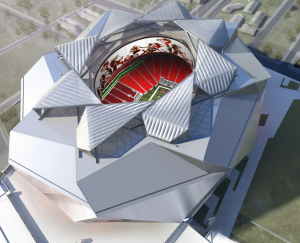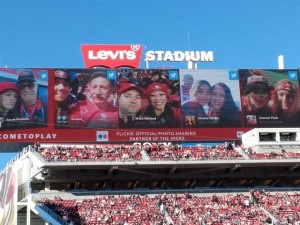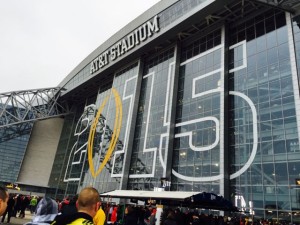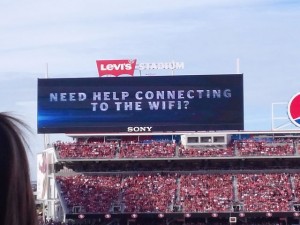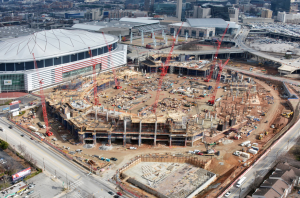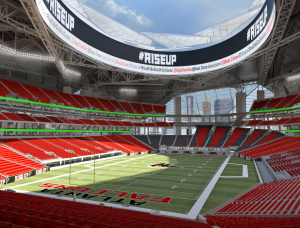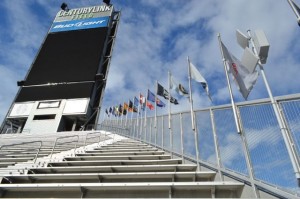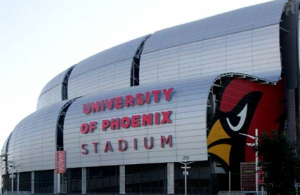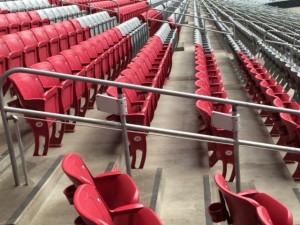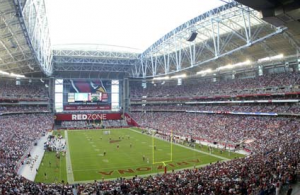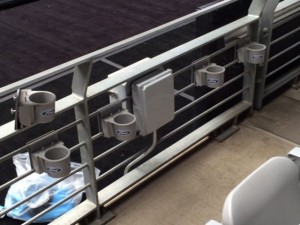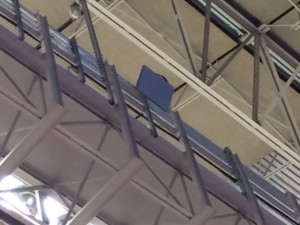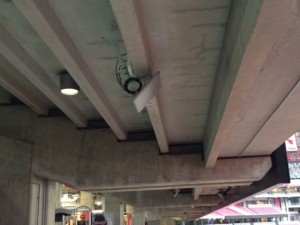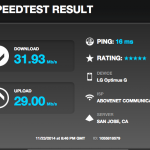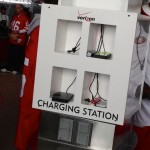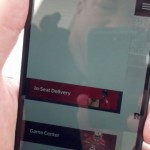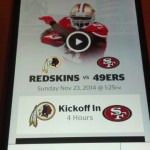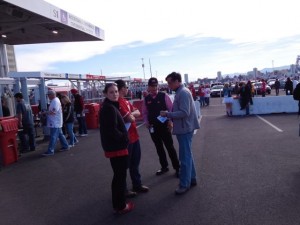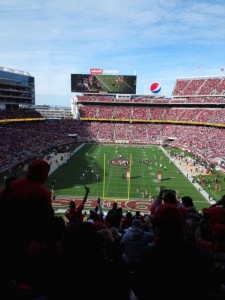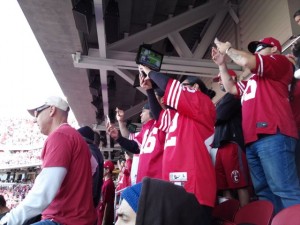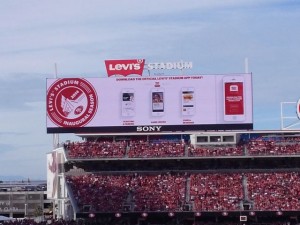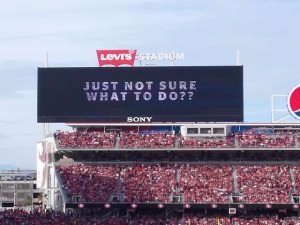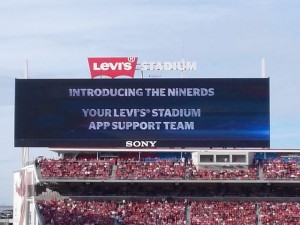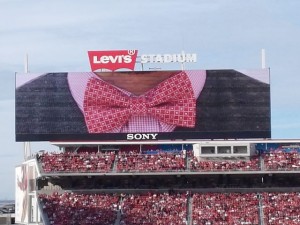According to Jim Rushton, global leader and partner in IBM’s sports and entertainment practice, he made some “factually incorrect” statements during a panel presentation Tuesday at the Association of Luxury Suite Directors (ALSD) conference in San Francisco. During his talk Rushton provided some high-level details of IBM’s plans to provide wireless networks and other technologies inside the 71,000-seat, $1.4 billion stadium that is scheduled to open in 2017, and both in his talk and presentation said that app developer YinzCam would be the IPTV technology provider for the new stadium.
However, in a subsequent phone call Thursday evening, Rushton said his statements about YinzCam were “factually incorrect,” and that in fact no contract has yet been awarded for the IPTV technology to be used at the Atlanta stadium. Hence this update to a previous version of the story which led with the YinzCam news, which was mainly new to us since Rushton didn’t name any other potential subcontractors, including the vendors who will be supplying gear for the passive optical network (PON) at the heart of the network or the provider of the Wi-Fi and/or DAS gear that will provide the stadium’s planned wireless connectivity.
However, we will stick with our original speculation, which pegs the leading candidates for optical gear and Wi-Fi equipment as likely Corning and Aruba Networks, who respectively supplied those same technologies for the IBM-led network deployment at Texas A&M University’s Kyle Field, where YinzCam also provided IPTV technology as well as technology for the stadium app. (Daktronics has already been announced as the supplier of the new planned Halo Screen video board.) So if YinzCam hasn’t actually inked a deal for IPTV in Atlanta yet, we will still keep them at the “most likely to win the contract” status.
During his talk Rushton said that network technologies still hadn’t been picked for Atlanta, with “proof of concept” testing still taking place in labs on site at the already-active construction zone. He also would not say whether YinzCam would also be part of the Atlanta Stadium app. YinzCam CEO Priya Narasimhan did not respond to email inquiries about the Atlanta deal (and maybe now we know why). On the Wi-Fi side it will be interesting to see if IBM still chooses to work with Aruba now that Aruba is part of HP after a $3 billion acquisition earlier this year.
Like at Texas A&M, IBM came late to the Atlanta stadium development process, but is claiming that its plan to build an internal fiber backbone for both Wi-Fi and DAS deployments has already saved space, time and money. Rushton said that in Atlanta the DAS headend will be located off the stadium site, a switch that opened up 10,000 square feet of stadium space.
